
Light Needs

Mature Height

Mature Spread

Growing Zones
Providing year-round interest, Common Persimmon features delicious orange to purplish fruit, ripening in fall. Fragrant chartreuse and white flowers arrive in spring, and elongated green foliage fades to rosy pinks and chartreuse in autumn. Later, enjoy its unique block-shaped bark that stands out in winter. Also known as Diospyros virginiana, this easy-to-grow North American native produces loads of 1-2-inch fruit that soften and turn sweet as they ripen during late fall. Ideal for making bread, cookies, pie, drinks, ice cream, and jellies, these fruits are also delicious when eaten fresh. Both male and female plants are required for fruit production.
Common or American Persimmon is pest and disease resistant, and cold hardy in zones 4 to 8. It has a slow growth rate and works well as a specimen or grouped in a hedge. Supporting the bees and attractive to birds and butterflies, Common Persimmon enhances pollinator and butterfly gardens.
Common Persimmon Care
To yield fruit, plant a male Common Persimmon near a female tree. Plant this tree during early spring in full sun. The soil should be slightly acidic, moist, and well draining. Apply a 3-6-inch ring of organic compost around the dripline. Prune this tree during late winter or early spring while it is dormant. Remove any dead, diseased, damaged, or crossed branches to improve shape and air circulation. Space each tree 25-30 feet apart.
Growing Common Persimmon
Common Persimmon may take anywhere from 4 to 10 years to fully mature. Growing to 30 to 40 feet high and 25 to 30 feet wide, this perennial requires ample space to grow and access sunlight, even during the fall when its fruit ripens. Better suited for the outdoors, it can be grown in containers when young. When growing it indoors, plant it in a deep container to accommodate its long tap root.
Watering Common Persimmon
Provide newly planted trees with one inch of water per week until roots are established. Common Persimmon is relatively drought tolerant at maturity.
Feeding Common Persimmon
Common Persimmon is typically not a heavy feeder. If the soil lacks nutrients, however, fertilize with a balanced, slow-release, granular fertilizer such as a 10-10-10 during late winter or early spring.
Common Persimmon Information
| USDA Hardiness Zones: 4 - 8 |
| Plant Type: Perennials |
| Light Exposure: Full Sun (At Least 6 Hours Of Direct Sunlight) |
| Mature Height: 30 - 40 Feet |
| Mature Spread: 25 - 30 Feet |
| Spacing: 25 - 30 Feet |
| Habit: Upright |
| Flower Color(s): Green, White |
| Flower Description: greenish-white |
| Bloom Period: May |
| Foliage Type: Deciduous |
| Foliage Color(s): Green |
| Foliage Description: deep green |
| Seasonal Interest: Spring Flowering, Summer Flowering |
| Watering: Average |
| Resists: Pests & Insects |
| Tolerates: Salt |
| Attracts: Birds |
| Container Role: |
| Uses: Erosion Control, Wildlife Gardens |
| Features: Attracts Pollinators, Foliage Interest, Fragrant, Low Maintenance, Native to North America |
| Brand: |
| Common Name: Common Persimmon |
| Other Name(s): Persimmon Tree |
| Scientific Name: Diospyros virginiana |
Simple Plant Spacing Calculator
Please Note: The pictures below are to give a general representation of the different container sizes. The actual size/ages of plants are estimates and will vary based on type of plant, time of year, last pruning & many other factors.
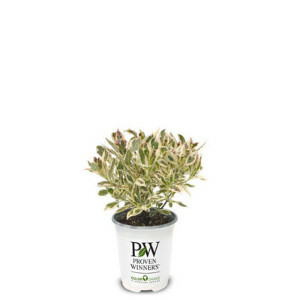
Also Known As:
Quart
Plant Age:
~ 6 months - 1 year
Plant Size:
~ 4"-8"
Pot Size:
~ 4.75"H x 4.5"W
Volume:
1.50 quarts
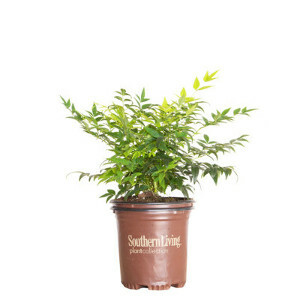
Also Known As:
2.5 Quart Pot
Plant Age:
~ 1 - 2 years old
Plant Size:
~ 8"-12"
Pot Size:
~ 6.5"H x 6.5"W
Volume:
2.20-2.30 quarts
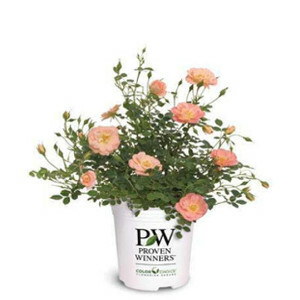
Also Known As:
#1 Container
1 Gallon
Plant Age:
~ 1 - 2 years old
Plant Size:
~ 10"-14"
Pot Size:
~ 7"H x 7.75"W
Volume:
2.26-3.73 quarts
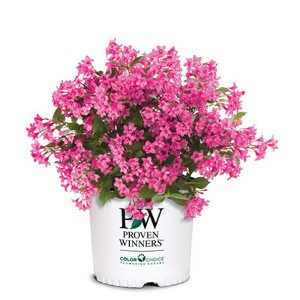
Also Known As:
#2 Container
2 Gallon
Plant Age:
~ 1.5 - 3 years old
Plant Size:
~ 12"-18"
Pot Size:
~ 9.5"H x 9.5"W
Volume:
1.19-1.76 gallons
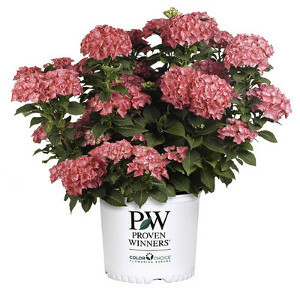
Also Known As:
#3 Container
3 Gallon
Plant Age:
~ 2 - 4 years old
Plant Size:
~ 12"-30"
Pot Size:
~9.5"H x 11"W
Volume:
2.32-2.76 gallons

Also Known As:
#5 Container
5 Gallon
Plant Age:
~3-4 years old
Plant Size:
~ 20" - 60"
Pot Size:
~11" H x 10 1/2” W
Volume:
3.5 - 4 gallons

We stand behind our plants with industry-leading guarantees to give you peace of mind.
We want your plants to arrive in great condition! If you notice any issues upon delivery, contact us within 3 days.
Starting January 1, 2026 all bushes, perennials & trees purchased come with an extended 1-year warranty for added confidence. If your plant dies due to a health issue within a year, we’ll make it right.

Pre-ordered plants are scheduled to ship in Spring 2026. We carefully plan our shipping dates based on your USDA Plant Hardiness Zone to ensure optimal planting conditions upon arrival. Want it sooner/later? Reach out, and we'll try our best to accommodate.
Estimated ship week for pre-ordered plants will ship based on growing zones as shown below.
| Growing Zone | Estimated Ship Week |
|---|---|
| Zone 10 | March 30th |
| Zone 9 | March 30th |
| Zone 8 | April 6th |
| Zone 7 | April 13th |
| Zone 6b | April 20st |
| Zone 6a | April 27th |
| Zone 5b | May 4th |
| Zone 5a | May 11th |
| Zone 4 | May 18th |
| Zone 3 | May 25th |
Note: These are only estimated ship dates. Plants may ship out later depending on weather & growing conditions of the plant.
Note: Only plants indicated as pre-order will ship as shown above. All other plants and hard goods will ship as normal.
Plants that are currently in stock typically ship within 2-7 business days after your order is placed.
Plant Addicts ships to the lower 48 states within the U.S. Unfortunately, we do not currently ship to Alaska, Hawaii, or internationally.
This plant cannot be shipped to the following states: AK, HI. These restrictions apply only to this specific plant due to agricultural regulations or other limitations. Other plants may still be available for shipping to these states.
If you have any questions about shipping restrictions, feel free to reach out to our team!







